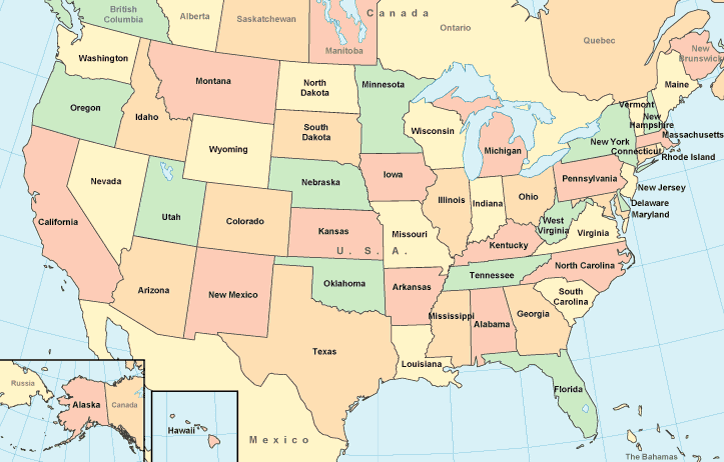Once you've completed Part 4 in your Word document, you need to find just a little more information about your state and Afghanistan.
Part 5: Culture
Using the CultureGrams website, you will compare and contrast the culture of your state and Afghanistan. Culture refers to the shared attitudes, values, goals, and practices of a group of people. This is what people who study human geography focus on.
Use the "states" edition to find information about your state, then the "world" edition to find out information about Afghanistan. You may also use the other websites I showed you earlier to find information about Afghanistan.
Recommendation: one partner should answer questions for your state, the other for Afghanistan.
Answer the questions below about your state. Make sure that you answer COMPLETELY. Don't leave details out!
- Describe the culture of your state (Hint: use the "Cultural Background" link on the side of the page!).
- Describe the population of your state. What are the people like who live there?
- What are some popular foods in your state? Describe them.
Now, answer the following questions about Afghanistan. Again, answer COMPLETELY. Don't leave details out!
- Describe the culture of Afghanistan.
- Describe the population of Afghanistan. What are the people like who live there?
- What are some popular foods in Afghanistan? Describe them.
Once you've completed these questions, you've completed the Research Sheet component of your project. Make sure that you save your finalized research sheet to the correct folder for your period on the Y: drive.
Once you've finished finding your data about your state and Afghanistan, it's time to start putting your PowerPoint presentation together. First, take a look at the PowerPoint presentation rubric.
Your PowerPoint should include, at minimum, 5 slides:
- A title slide, including your name, your partner's name, and your state's name, as well as maps of both your state and Afghanistan
- A slide comparing the major landforms of your state with the major landforms of Afghanistan
- A slide comparing the climate of your state to the climate of Afghanistan
- A slide comparing the culture of your state with the culture of Afghanistan
- A slide evaluating the ability of a person from your state to adapt to the physical and human geography of Afghanistan
Include a photo on each slide. Be able to explain what each photo shows and why you chose to use it.
You will find an example PowerPoint in my Y:\Ramin World Geography folder. The file is called "A Soldier from Minnesota Goes to Afghanistan."
You will find an example PowerPoint in my Y:\Ramin World Geography folder. The file is called "A Soldier from Minnesota Goes to Afghanistan."
Your final presentation should, of course, look more beautiful and complete than mine. I completed mine in 10 minutes. You should not.
Once you finish finding your information, you may begin working on the PowerPoint. Follow the project description, the instructions on the blog, and your rubric to make sure you are successful. Some hints:
- You may use Google to search for images. However, remember: you must be able to explain what each one is and why you chose it. If your image is inaccurate, it will cost you major points.
- Don't write EVERYTHING you plan to talk about on your PowerPoint. Keep the information short.
- Be prepared to make eye contact -- each partner should know what is on the PowerPoint!
- Make sure it looks nice and that the text is readable.
- When in doubt, ask for help!






